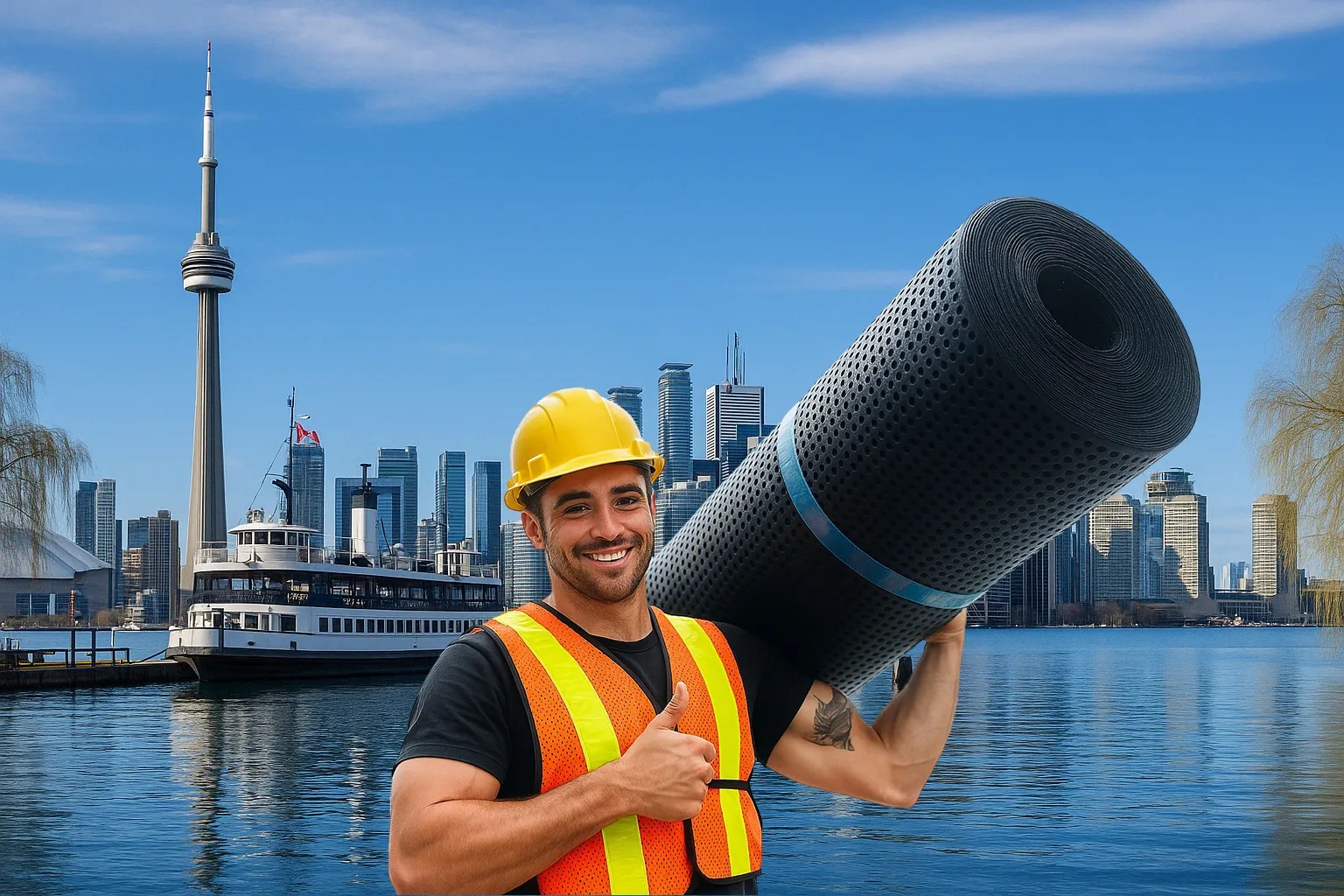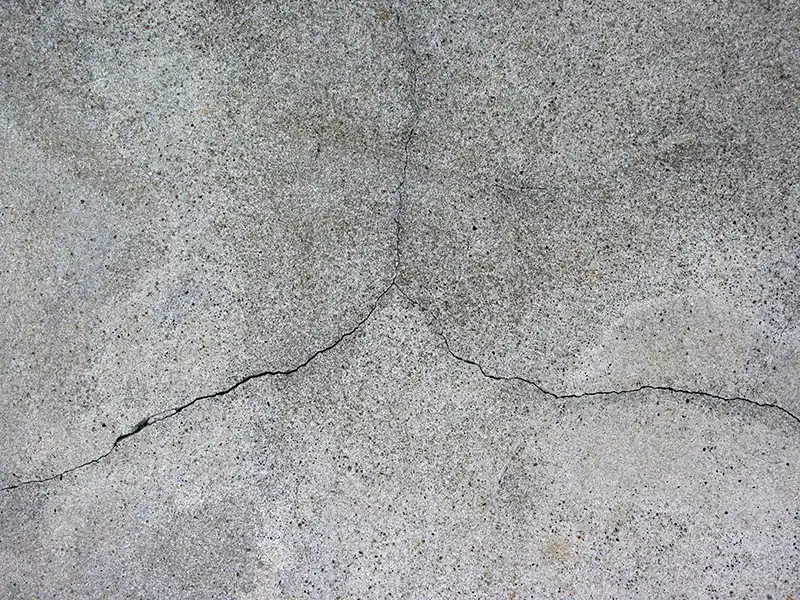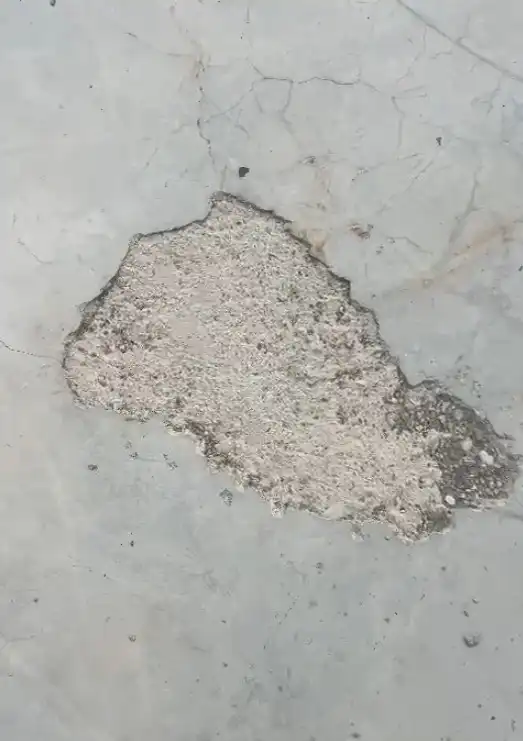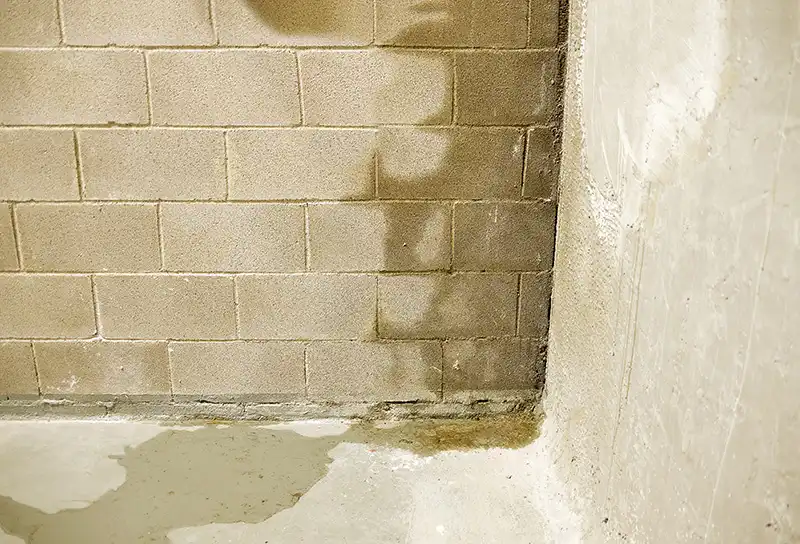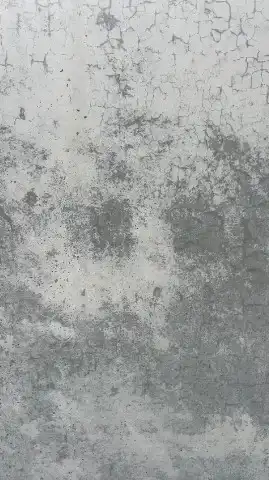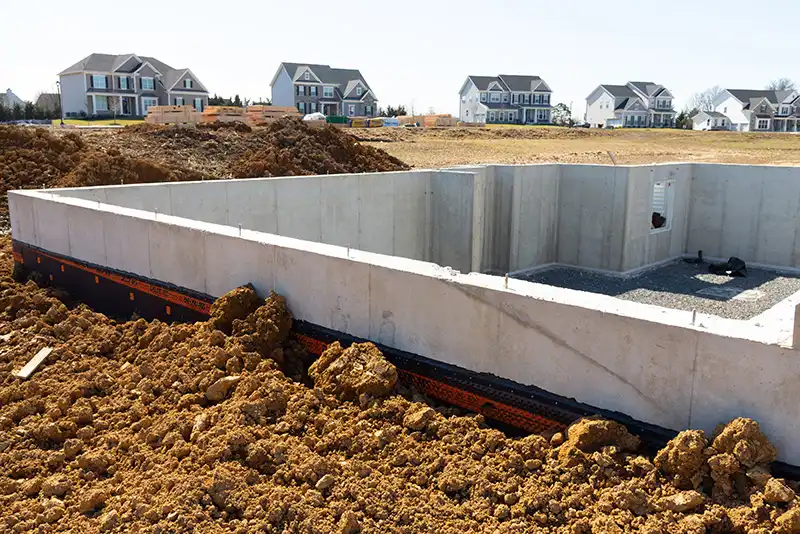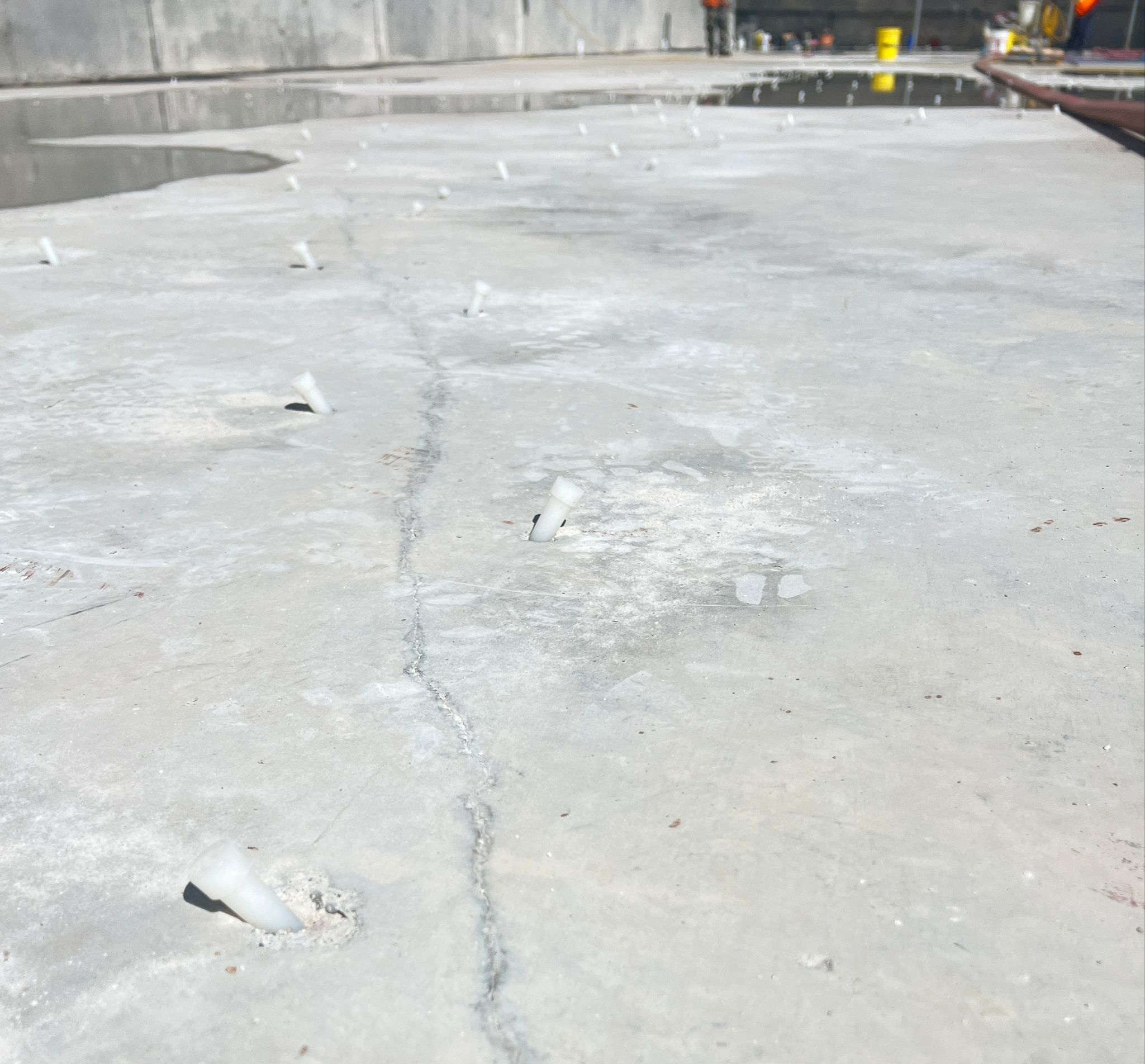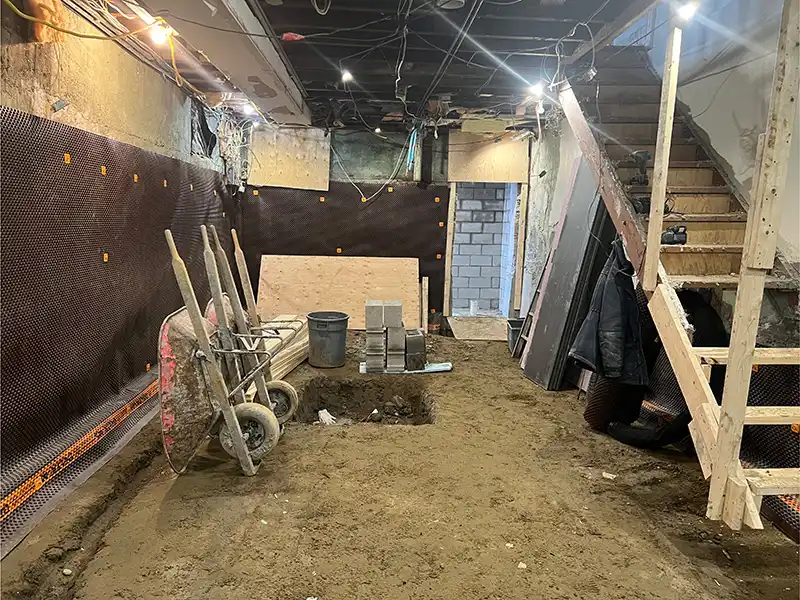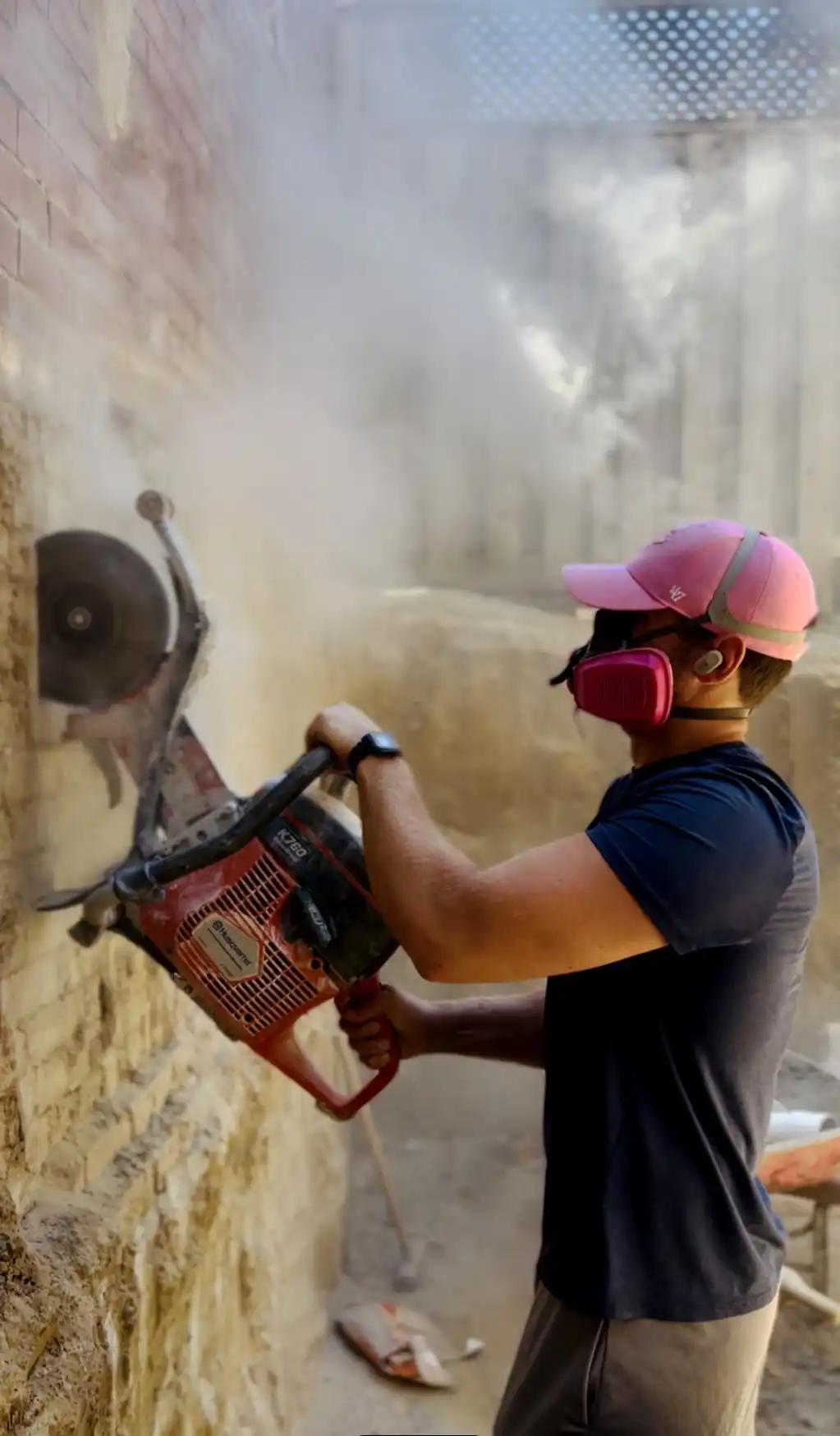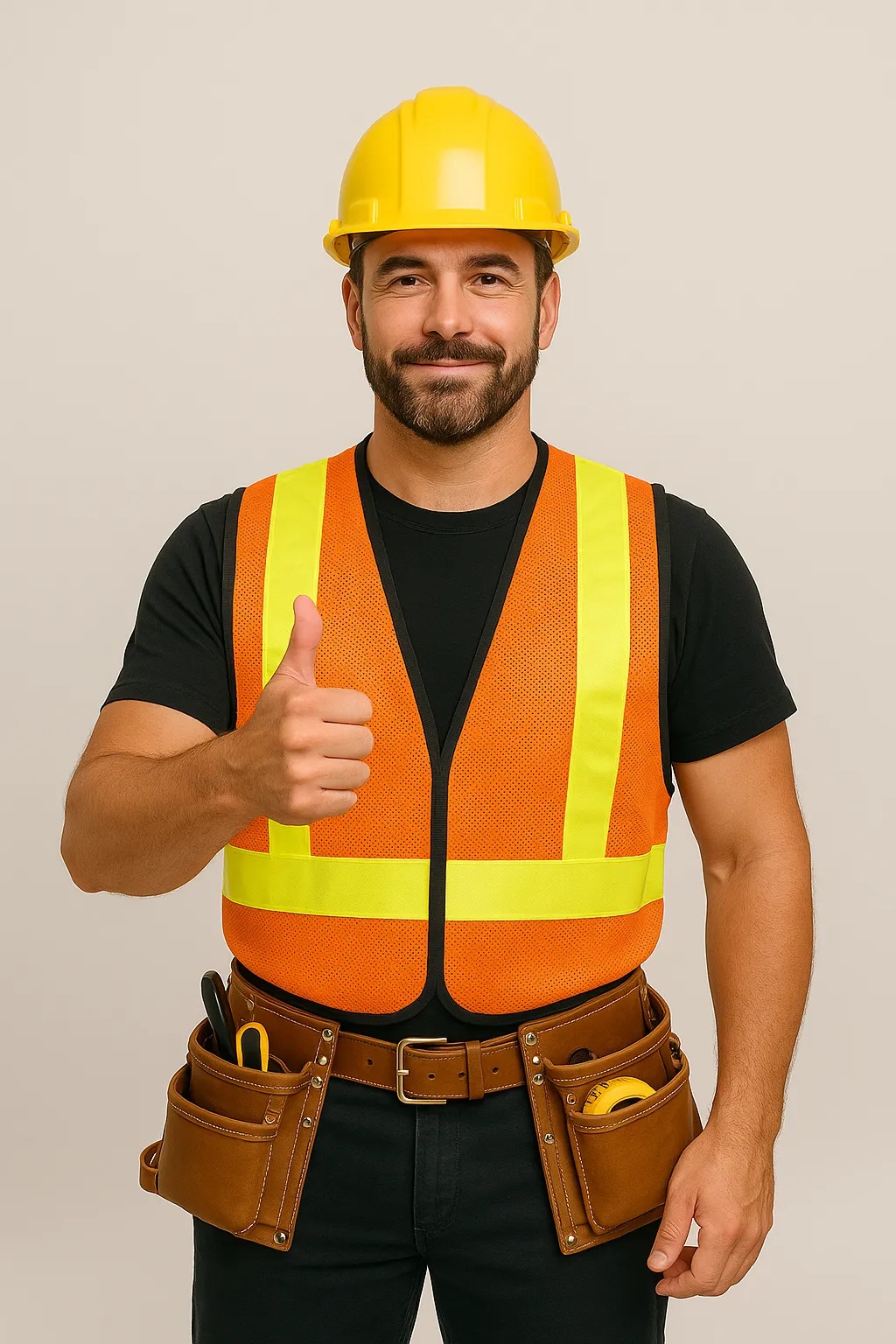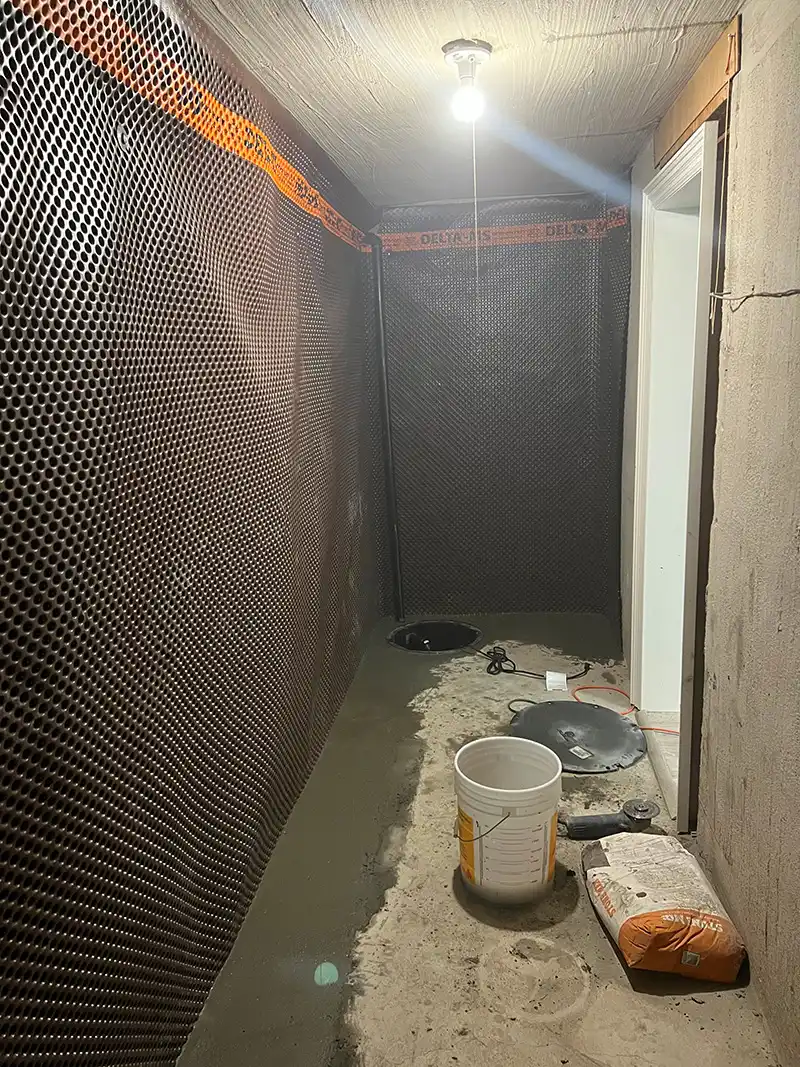Waterstop Installation Services
Professional waterstop systems prevent water infiltration through concrete construction joints. Essential for basements, tunnels, water treatment plants, and parking structures.
What Are Waterstops?
Waterstops are continuous water barriers embedded in concrete joints to prevent water passage. Critical for:
- Construction joints (cold joints)
- Expansion joints
- Contraction joints
- Pipe penetrations
- Wall-floor connections
Types of Waterstops
PVC Waterstops
Most Common Solution
Types available:
- Dumbbell (centerbulb) - for expansion joints
- Ribbed - for construction joints
- Tear web - for control joints
- Base seal - for wall-floor joints
Sizes:
- 4" to 12" widths
- 3/8" to 3/4" thickness
- Various profile shapes
- Custom lengths
Benefits:
- Chemical resistant
- Long service life
- Moderate movement
- Cost-effective
- Easy splicing
Rubber Waterstops
For High Movement Joints
Applications:
- Settlement-prone areas
- Seismic zones
- Temperature extremes
- Chemical exposure
- High water pressure
Features:
- Superior flexibility
- 50%+ movement capability
- Chemical options available
- Extreme temperature range
- Field vulcanizing
Swelling Waterstops
Hydrophilic Technology
Types:
- Bentonite-based strips
- Hydrophilic rubber
- Composite products
- Coated types
Advantages:
- Easy installation
- Irregular surface capable
- Self-healing properties
- No special forming
- Retrofit applications
Injectable Waterstop Systems
Repairable Solutions
Components:
- Perforated injection hose
- PVC or rubber flanges
- Injectable resins
- Access ports
Benefits:
- Post-construction repair
- Guaranteed seal
- Pressure testing
- Critical applications
- Long-term reliability
Installation Process
1. Joint Preparation
- Clean joint surfaces
- Remove debris/laitance
- Check joint alignment
- Verify dimensions
- Mark centerline
2. Waterstop Positioning
- Center in joint
- Secure positioning
- Check alignment
- Maintain profile
- Protect during work
3. Securing Methods
For PVC/Rubber:
- Hog rings/clips
- Tie wires
- Grout split
- Adhesive strips
- Manufactured brackets
For Swelling Types:
- Adhesive application
- Mechanical fasteners
- Primer if required
- Overlap joints
- Protection tape
4. Concrete Placement
- Careful consolidation
- No segregation
- Full encapsulation
- Avoid displacement
- Proper vibration
5. Quality Control
- Visual inspection
- Position verification
- Splice integrity
- Concrete consolidation
- Documentation
Critical Applications
Water-Retaining Structures
- Water treatment plants
- Reservoirs
- Swimming pools
- Tanks
- Clarifiers
Below-Grade Construction
- Basement walls
- Tunnel segments
- Parking garages
- Elevator pits
- Utility vaults
Infrastructure Projects
- Dams
- Locks
- Culverts
- Bridge abutments
- Retaining walls
Joint Types & Solutions
Construction Joints
Where concrete pours meet:
- Wall to footing
- Wall to wall
- Slab to wall
- Column connections
- Pour breaks
Recommended:
- Ribbed PVC waterstop
- Swelling waterstop
- Injectable systems
Expansion Joints
Allow movement:
- Temperature changes
- Settlement
- Seismic movement
- Structural deflection
Recommended:
- Centerbulb PVC
- Rubber waterstop
- Surface-mounted seals
Pipe Penetrations
Seal around pipes:
- Link seals
- Rubber boots
- Cast-in sleeves
- Injectable collars
- Mechanical seals
Design Considerations
Waterstop Selection
Factors:
- Joint type and movement
- Water pressure
- Chemical exposure
- Installation conditions
- Service life required
Sizing Guidelines
- Joint movement amount
- Concrete thickness
- Water head pressure
- Safety factors
- Code requirements
Installation Details
- Splice procedures
- Corner fabrication
- T-intersections
- Transition pieces
- End terminations
Common Problems & Solutions
Installation Errors
- Improper positioning → Use positioning devices
- Concrete segregation → Careful placement
- Splice failures → Proper welding/adhesive
- Displacement → Secure fastening
Performance Issues
- Leaking splices → Factory fabrication
- Joint movement excess → Larger waterstop
- Chemical attack → Material selection
- Installation damage → Protection measures
Quality Assurance
Material Standards
- ASTM D7032 (PVC)
- CRD-C 572 (Testing)
- NSF certification
- Provincial standards
- Project specifications
Installation Standards
- Manufacturer guidelines
- Engineering specifications
- Industry best practices
- QC procedures
- Documentation requirements
Cost Factors
Material Costs
- Waterstop type
- Size/profile
- Quantity ordered
- Special fabrications
- Accessories needed
Installation Costs
- Joint accessibility
- Concrete coordination
- Weather conditions
- Schedule constraints
- Quality requirements
Value Engineering
- Optimize types used
- Minimize splices
- Standard sizes
- Bulk ordering
- Efficient scheduling
Maintenance & Repair
Inspection Schedule
- Visual checks
- Leak monitoring
- Movement measurement
- Condition assessment
- Document findings
Repair Options
- Injection grouting
- Surface sealing
- Joint rehabilitation
- Waterstop replacement
- Protective coatings
Why Professional Installation
Critical Success Factors
- Proper selection
- Correct positioning
- Quality splicing
- Concrete coordination
- Experience matters
Risks of Poor Installation
- Water infiltration
- Structural damage
- Costly repairs
- Health hazards
- Legal liability
Get Expert Help
Our services include:
- Design assistance
- Material selection
- Professional installation
- Quality assurance
- Warranty protection
Call for Consultation: (437) 545-0067
Protect your investment with proper waterstop installation.
